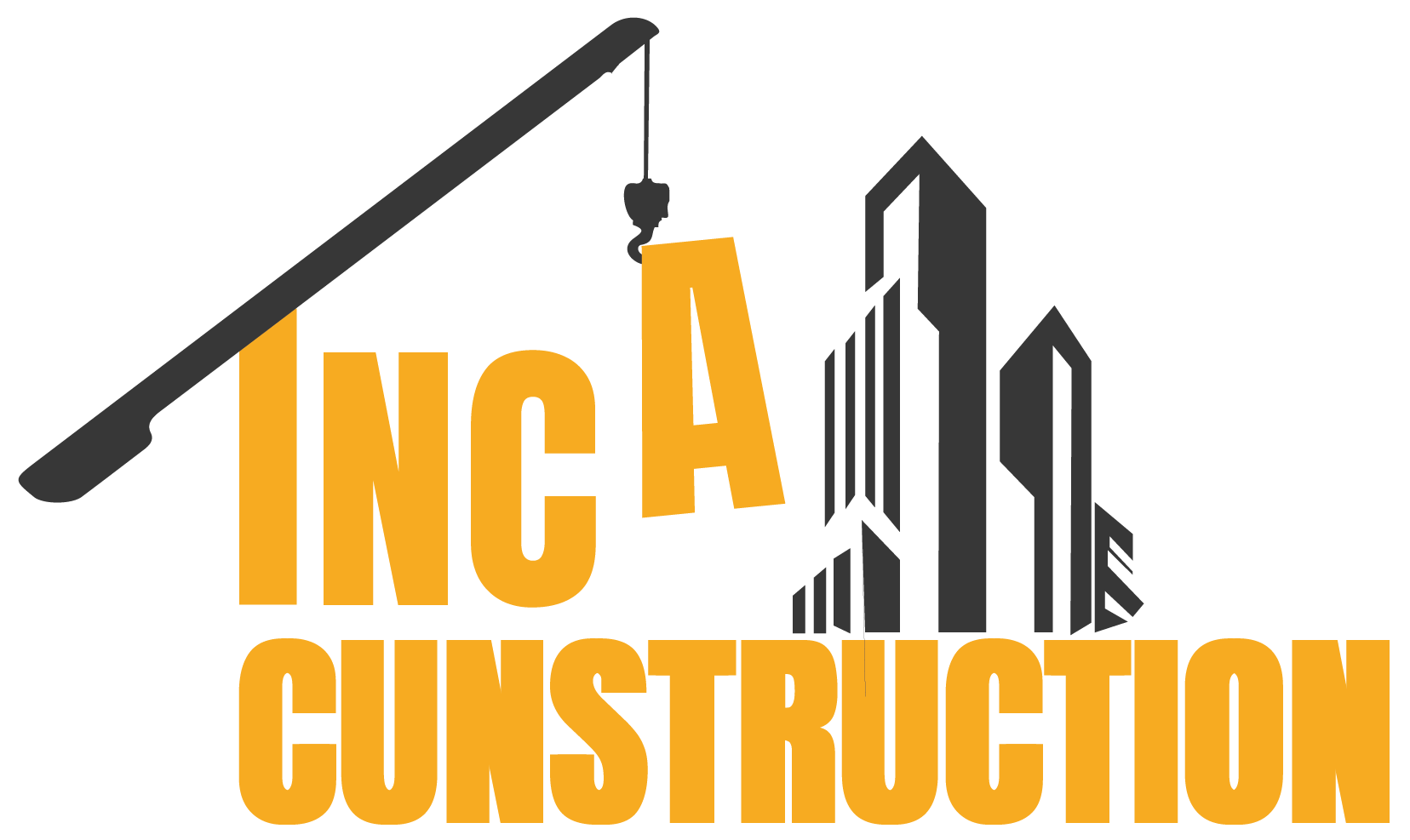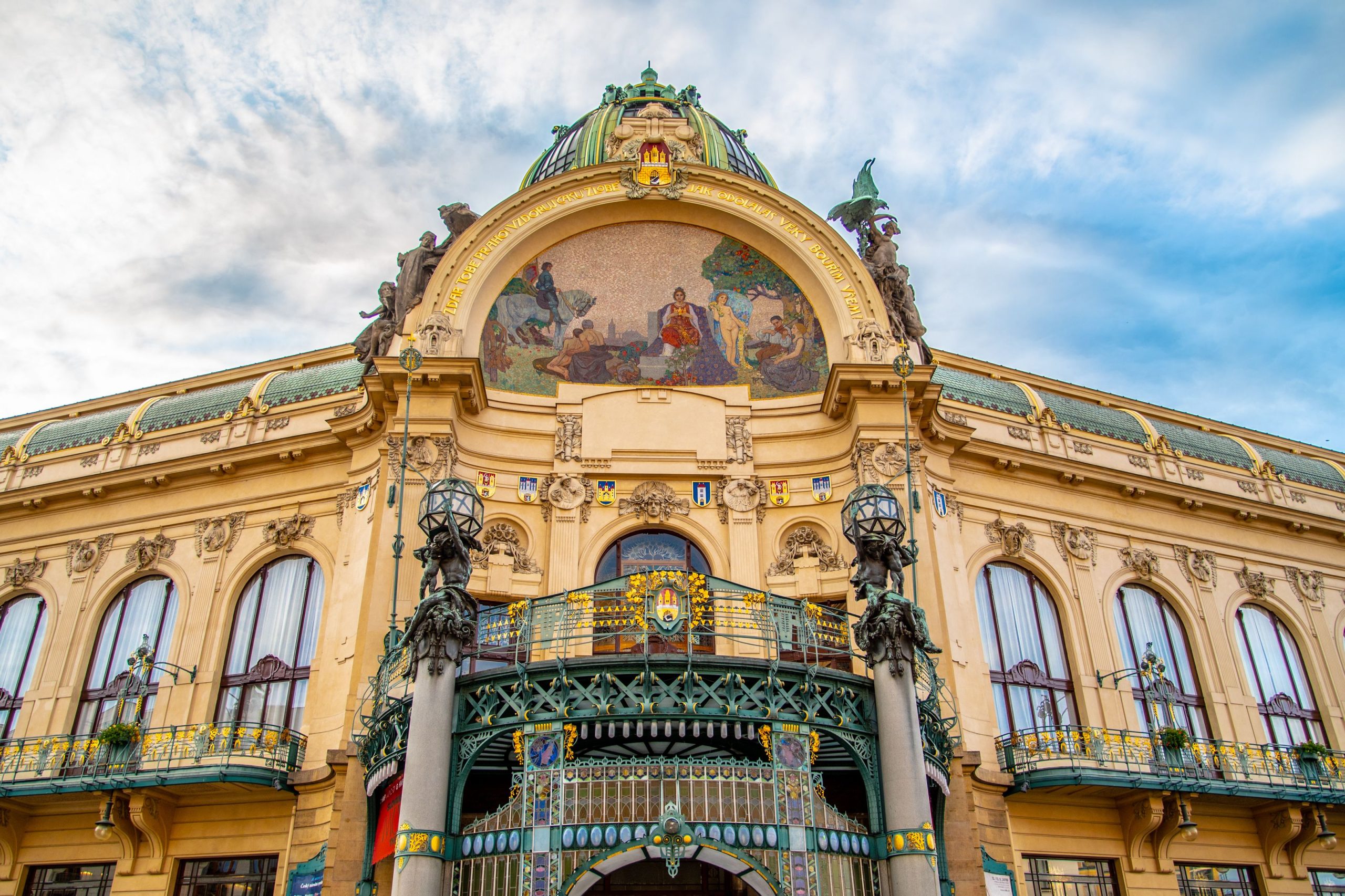I still remember the first time I stumbled into an Art Nouveau building in real life, I was in Brussels, just wandering, when I looked up and saw iron balconies that twisted like vines, windows shaped like flower petals, and carved stone that seemed to breathe. I had no idea what I was looking at, but it stopped me in my tracks.
Later, I found out it was the work of Victor Horta, one of the pioneers of Art Nouveau architecture. That moment kicked off a bit of an obsession, to be honest. Because once you start noticing those curves, those floral motifs, and the way buildings almost feel alive, it’s hard to unsee them.
What Is Art Nouveau Architecture?

Art Nouveau—which means “New Art” in French—was a design movement that peaked between the 1890s and early 1910s. It influenced everything from furniture to posters to jewelry—but architecture was where it really made a bold, unforgettable statement.
At its heart, Art Nouveau aimed to break away from rigid, classical styles and instead celebrate nature, fluidity, and handcrafted beauty.
Core features of Art Nouveau architecture:
-
Flowing, organic lines and curves
-
Decorative ironwork, often in botanical forms
-
Stylized floral and plant motifs
-
Use of natural materials like wood, glass, and stone
-
Stained glass windows and mosaic details
-
Asymmetry and creativity over strict symmetry
Where classical architecture was about control and order, Art Nouveau was about movement and life.
Floral Motifs and Nature-Inspired Forms
One of the most distinctive things about Art Nouveau? It doesn’t just decorate buildings—it grows on them.
Designers pulled inspiration straight from nature: vines, lilies, dragonflies, tree branches, waves, and even the female form. These weren’t just “decorative extras”—they were built into the bones of the structure. You’d see a staircase that spiraled like a seashell or a window frame that looked like a flower stem.
In many ways, Art Nouveau was a response to industrialization. As machines took over, this movement pushed back with handcrafted elegance and wild natural beauty.
Key Architects and Masterpieces of Art Nouveau
If you’re looking to dive deeper into this style, these architects are where to start:
🏛 Antoni Gaudí – Barcelona, Spain
Arguably the most famous Art Nouveau architect. His works like Casa Batlló, Park Güell, and Sagrada Família don’t just feature curves—they celebrate them. The man turned concrete into coral and rooftops into dragon scales.
🏠 Victor Horta – Brussels, Belgium
A genius of flowing ironwork and light-filled interiors. His Hôtel Tassel is often cited as one of the first true Art Nouveau buildings.
🧱 Hector Guimard – Paris, France
You may not know his name, but you’ve definitely seen his Paris Metro entrances—those iconic green, plantlike structures that feel like they sprouted out of the pavement.
🖼 Charles Rennie Mackintosh – Glasgow, Scotland
He combined Art Nouveau with a more geometric style, influencing early modernist design. His Glasgow School of Art is a brilliant mix of structure and subtle decoration.
Experiencing Art Nouveau in Real Life
Once you know what to look for, you’ll start seeing Art Nouveau details everywhere—from old theaters to residential buildings to wrought iron gates.
Cities known for their Art Nouveau architecture include:
-
Barcelona (Gaudí’s playground)
-
Brussels (home to Victor Horta)
-
Riga, Latvia (tons of Art Nouveau facades!)
-
Paris (especially the metro stations and older apartment blocks)
-
Vienna (Otto Wagner’s designs are pure elegance)
I highly recommend doing a walking tour if you’re ever in one of these cities. You’ll start spotting balcony railings that look like vines and doors that resemble leaves. It’s like a secret language hidden in the walls.
Why Art Nouveau Still Inspires Today
Even though it had a relatively short reign, Art Nouveau’s influence lingers. You can see it in everything from modern typography to jewelry design to home interiors. And it’s making a quiet comeback among artists and architects who want to reconnect with organic, meaningful design.
In a world full of concrete boxes and glass towers, Art Nouveau reminds us that buildings can be poetic, playful, and deeply human.
Final Thoughts: A Style That Still Breathes
Art Nouveau isn’t just a historical style—it’s a feeling. It’s about seeing the natural world not as something to conquer, but as something to celebrate and emulate.
Every time I walk past an Art Nouveau building now, I slow down. I trace the curves with my eyes. I notice the little things—the leaf shapes in the railings, the flower petals around the windows, the way the building doesn’t just sit there… it lives.
And honestly? I think we could all use a little more of that kind of beauty in our lives.

